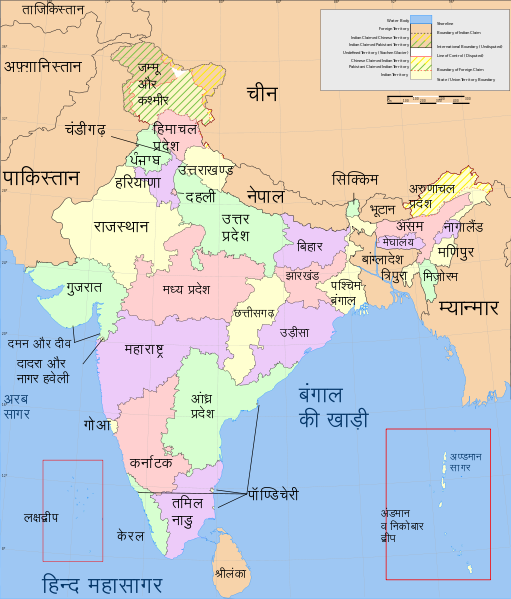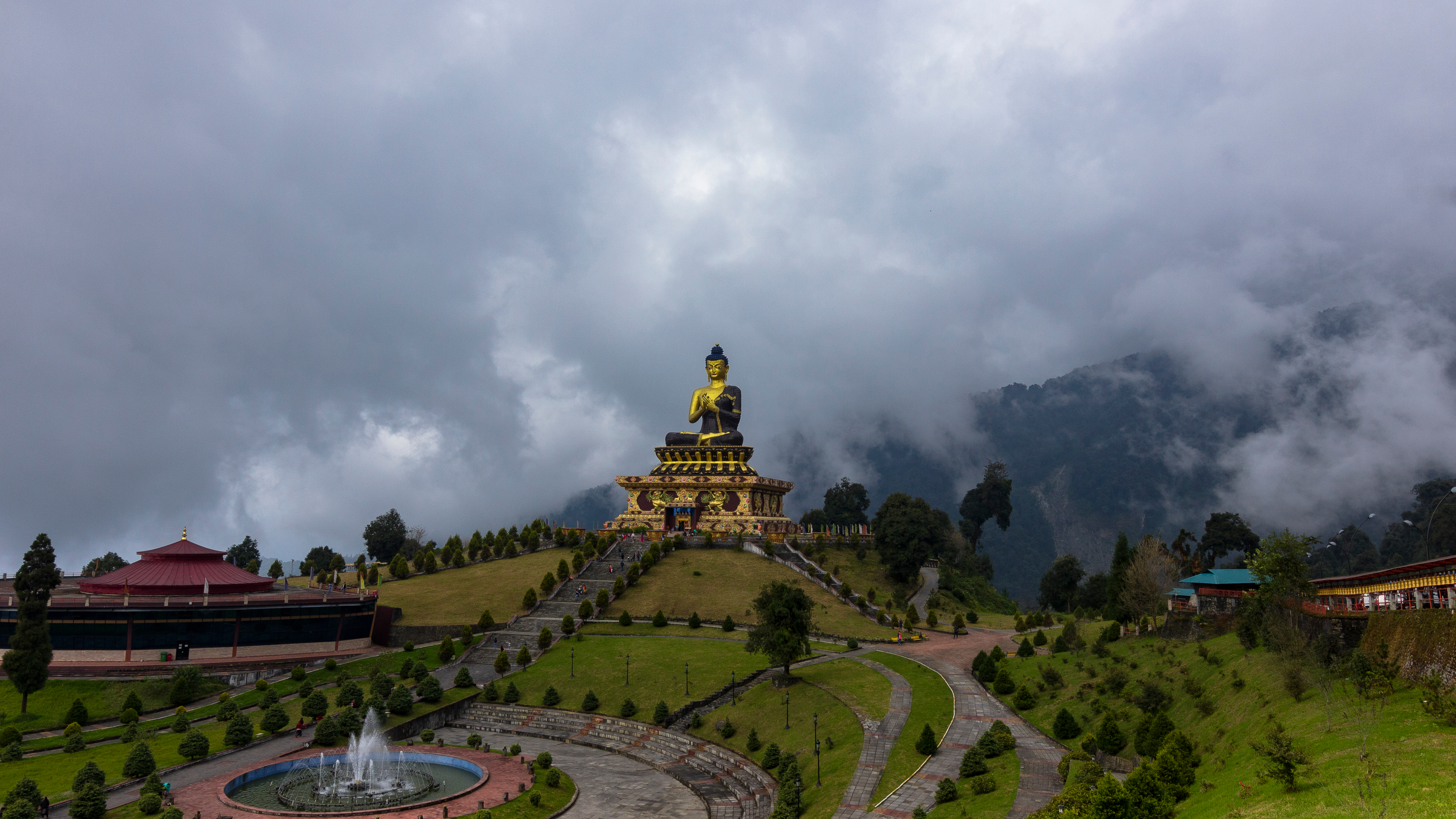How India got the name ‘Bharat’
An eclectic fusion of different cultures, customs, cuisine and a unique heritage makes India, a very fascinating nation. Be it the architectural wonders, or the highly developed civilization in ancient India or an amazing history of a much conquered nation, India has always made her presence felt as a great nation.
From the ancient times, our nation has been referred to as Bharat – our original Sanskrit name. Yet, no one story we tell can explain how India got the name Bharat. Several historians have multiple theories as to the origin of this name and each one, is as fascinating as the last.

This photo “India-states-Hindi” @Wikipedia from Volfo
made available under a public domain license.
Rig Veda and the battle of ten kings
According to Sanjeev Sanyal’s Land of Seven Rivers: History of India’s Geography, the Rig Veda, describes a terrible war known as ‘Dasharajnya’ or war of ten kings. The war was between ten powerful tribes who plotted to overthrow King Sudasa of the Bharata tribe. The mighty battle took place on the banks of the river Ravi in Punjab. According to legend, the Bharata tribe was outnumbered yet King Sudasa, led them to victory due to his highly advanced military skill and established his power throughout the sub-continent. King Sudasa ‘s diplomacy ensured that the Vedas did not just record his victories but the ideas of the sages, including the famed Vishwamitra, from other tribes were also meticulously recorded. This led to the popularity of King Sudasa and eventually more and more people started identifying themselves as members of the Bharata tribe. The name ‘Bharata’ stuck on and ultimately, India was named ‘Bharat varsha’ meaning the land of Bharata.
Mahabharat and Bharata Chakravarthi
The most popular theory states India was called Bharatvarsha after the King Bharata Chakravarthi. He was son of King Dushyanta of Hastinapura and Queen Sakuntala and thus a descendant of the Lunar Dynasty of the Kshatriya Varna. Bharata had conquered all of Greater India, uniting it into a single political entity which was named after him as “Bharatavarsha”
“This country is known as Bharatavarsha since the times the father entrusted the kingdom to the son Bharata and he himself went to the forest for ascetic practices” — Vishnu Purana
“The country (varsam) that lies north of the ocean and south of the snowy mountains is called Bharatam; there dwell the descendants of Bharata” — Vishnu Purana
In the Mahabharata, India is referred to as Bharatvarsha, and this Bharat Empire included the whole territory of the Indian subcontinent, including parts of present day Pakistan, Afghanistan, China, Iran, Tajikistan, Uzbekistan, Kyrgyzstan, Russia, Turkmenistan, North-west Tibet, Nepal and Bangladesh.
Sanskrit and the origins of Bharat
Bharata is the official Sanskrit name of the country, Bharata Ganarajya, and the name is derived from the ancient Indian texts, the Puranas, which refers to the land that comprises India as Bharata varsam, and uses this term to distinguish it from other varsas or continents. The Sanskrit word bharata is a derivation of bharata, which was originally a description of Agni. The term is of the Sanskrit root bhr-, “to bear / to carry”, with a literal meaning of “to be maintained” (of fire). This term also means “one who is engaged in search for knowledge”
Bharat – Unity in Diversity
These are not the only theories that are in existence about the origin of the name “Bharat”. Irrespective of the number of theories of the origin of the name Bharat, what matters is the essence of an idea called Bharat, Hindustan or as more often called India! And that essence is the idea of a nation that is welcoming and all embracing of the diversity in this world.


